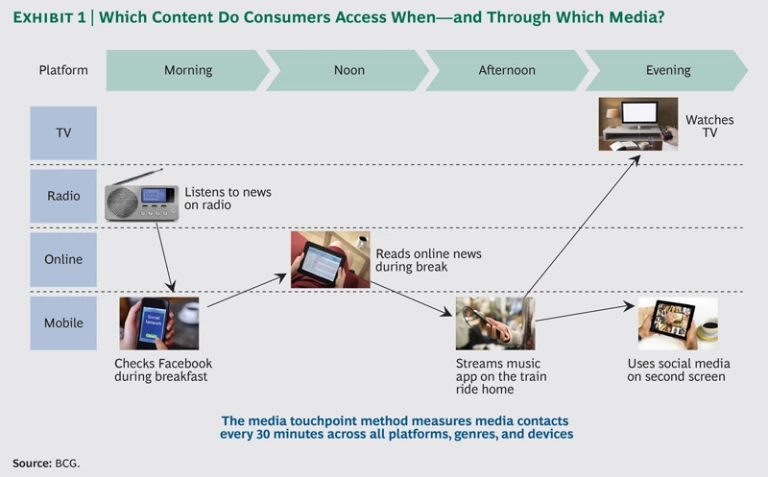In recent decades, revolutionary change in the global media landscape has posed immense challenges to television broadcasters everywhere. But the impact has been especially traumatic for publicly supported broadcasters. Audience engagement with public TV and radio has declined steadily since the 1970s, in the wake of multiple waves of market liberalization and the advent of commercial television. Attempts by public service broadcasters (PSBs) to win advertising and wider viewership have failed to entirely stem the slide. Often, their approaches—everything from introducing reality shows to airing displays of nudity—have fanned controversy.
Now a new wave of radical change in the media industry is being ushered in by digitization and changing consumer habits. This time, PSBs are confronting a “perfect storm,” one that will force them to justify their very existence. Viewers, especially the young, are increasingly turning to a growing variety of new online-media outlets. Well-capitalized, global players like Google, Netflix, and Apple, as well as a host of innovative upstarts, can stream virtually any kind of video or audio content on demand—including programming that was long available only on public stations—through PCs and an array of mobile devices. What’s more, online media are often beyond the control of national regulators.
PSBs face an uphill battle as they attempt to make the transition to the “always on,” borderless, and fast-paced digital world. Most PSBs have been slow to move beyond the “linear” world, in which their audiences can tune into TV and radio programs only at specified times on specified channels. They lack the financial resources to compete with large global corporations in the new war for high-viewership content. What’s more, their freedom to offer programming and compete for digital advertising revenue is typically constrained by government regulation.
The best way for public broadcasters to remain relevant is to be leading providers of high-quality content that is important to their target audiences—while fulfilling their mandates to provide public service. PSBs by no means should exit the traditional business of delivering national and regional TV programming, which will continue to command large followings for at least the rest of this decade. Rather, they must strengthen their online activities to become integrated providers of content across all media. And they must extend their reach across multiple channels in order to reach all age groups.
Adapting to this new game will require an in-depth and sophisticated understanding of target audiences and the economics of successfully delivering different genres of cross-media content. Each PSB should identify those programming genres in which it should strive to be a content leader—as well as those in which it can afford to be a follower. Each PSB must also learn how to maximize its investments by understanding the costs and benefits of providing content.
Decisions about investments in content should be based on a keen understanding of what marketers refer to as the “customer journey.” How do target audiences consume media throughout the day? When do they come in contact with certain genres of content—such as news, sports, or music? And which media platforms are they using at each point in this daily journey—radio, TV, print, or online?
To acquire this knowledge, we propose that PSBs adopt a metric called media touchpoints that measures the relevance of programming to target audiences across all media. Currently, most PSBs use a siloed approach for measuring relevance and making content decisions: First, they set budgets for purchasing or producing different genres of TV, radio, or online content. Second, they sell advertising based on conventional measures of audience viewership, such as audience share ratings or clicks online.
By contrast, under the media touchpoint approach, audience relevance is measured on the basis of how often a consumer comes into contact with different media platforms. It also measures how many of these touchpoints are generated by the PSB across all media—whether via PCs, smartphones, radios, living-room TV sets, or other devices. (See Exhibit 1.)
Armed with such intelligence, PSBs can then analyze the costs and benefits of providing certain genres of content over each media platform. In so doing, PSBs can significantly improve their odds of making smart bets on both conventional and digital programming.
Making the transformation from organizations with a linear concept of TV or radio programming to the nonlinear, digital, and multimedia world is not easy for commercial broadcasters—let alone corporations that operate under public oversight and must fulfill public mandates. But the pressure to do so will only intensify as online viewership of programming becomes the norm. The time for PSBs to act is now.







